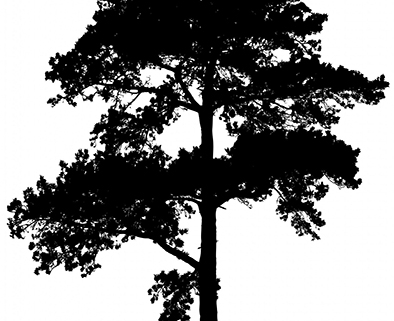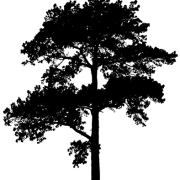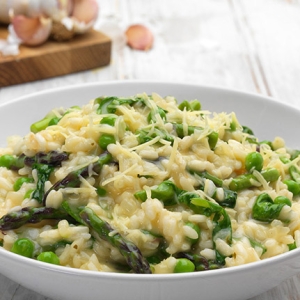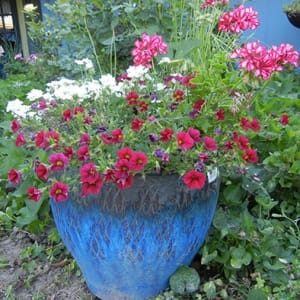Trees – a shady subject
A subject in the press and on the minds of many concerned people worldwide is global warming and how we can assist in attempting to solving this very serious problem.
The planting of trees will go a long way to addressing the problem. Trees are one of the most important components of any landscape as they provide protection from the elements, add structure to a garden and provide habitat for wildlife.
Trees come in many shapes and forms whether evergreen or deciduous, short or tall, narrow or spreading, and careful consideration should be taken when selecting a tree for the location that is proposed. Trees are there for a long time, where other plants are not so critical to the overall character of the landscape and can be moved or discarded depending on the circumstances.
It is most important in the decision-making process whether to use a tree or not in a particular location, and to look at several issues before the final selection is made.
Firstly, what do you require the tree to do? It can be to create shade for a particular style of garden that is shady in the summer and receives sun in the winter. It could be to screen out an eyesore in another location, a tree to hang a swing off and the list goes on.
Providing shade in a garden to protect the western side of the home from hot summer sun is a very important consideration. A large deciduous tree can reduce the inside temperature of a home by several degrees in the summer while in the winter the sun can get through to warm the home when the tree is bare. Consider though, the eventual size of the tree so it doesn’t interfere with the home when fully mature. Plan for the tree to be one and a half times the distance of the eventual radius of the branches of the tree, from the roofline of the home.
Consideration of utility services, like sewerage, water lines and powerlines, is most important. Town councils have made the mistake of planting large trees like oaks and plane trees under powerlines and then spend enormous amounts of funds in either cutting the trees back every year or creating some very unusually shaped trees that have had their natural shape spoilt by extensive and repeated pruning.
Although I am a great lover of trees, I firmly believe that a lot of our beautiful Australian native trees like eucalypts, are totally misused in the landscape. Some of these trees can grow to a massive size and can be unstable in extreme weather conditions and, therefore, should be used wisely in the landscape. Thankfully, the horticultural industry in recent years has developed a range of smaller mallee-type trees and small grafted species that are fabulous for the home garden situation. The larger species should be left to open farm locations where they can be allowed to grow undisturbed away from buildings and the like.
After the decision has been made to plant a tree in the garden, the next decision is what species to choose. There are many new varieties that have been developed in recent years to take small urban and town blocks into consideration and they have developed trees that cause very little problems to the gardener.
Some of my favourites include several varieties of ornamental pears, birches, pistachio and crab apples to name just a few.
Luckily, all these trees are available all year around, either open rooted in winter or container grown in the warmer months. Planting at any time of the year is all right if adequate water is applied to reduce transplant stress at the height of summer.
The subject of tree selection and planting is extensive, and more than this space allows. Talk to your friends about their experiences with trees, take a drive around the local community and observe what others have done or most importantly talk to your local nursery person for their advice.



